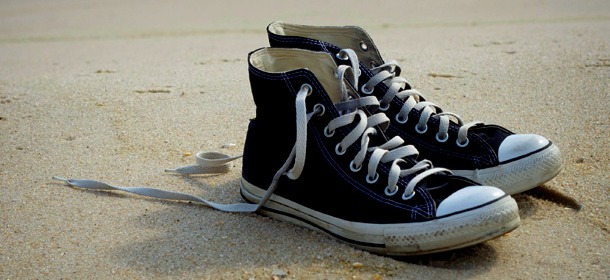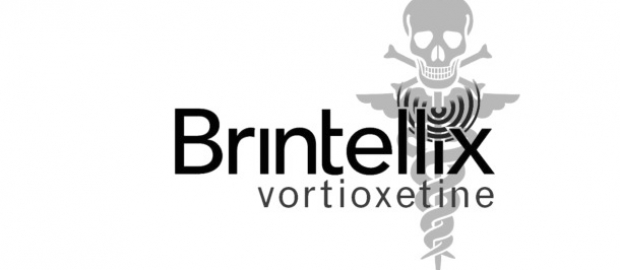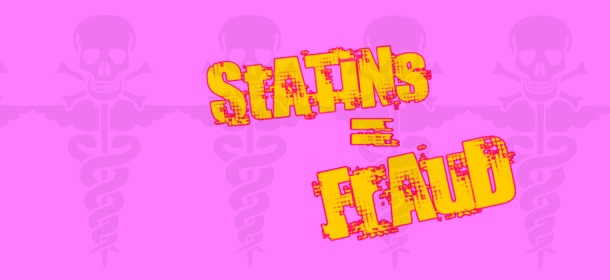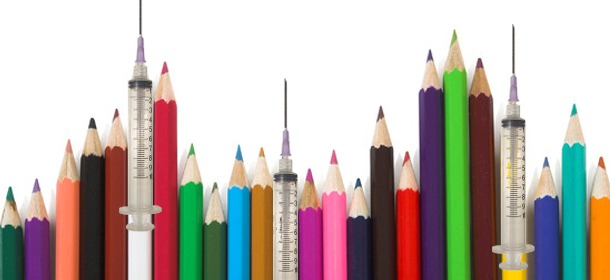Featured
1 in 25 Teens Tries Suicide: Are Psych Drugs the Reason?
Psychiatry wants to present itself as the solution to our emotional problems. However, their own research demonstrates the likelihood that their treatments – that is, drugs – are fueling suicides in adolescents.

Empty Shoes on Beach, by Pam Culver
by Heidi Stevenson
A new study has revealed the horrifying fact that 1 in 25 teens in the US attempts to commit suicide. That’s at least one teen in every classroom. Why is this happening? The study doesn’t answer that question, but it does give a telling clue … and that clue leads directly to the doorstep of modern psychiatry.
The study, published in the Journal of the American Medical Association’s Psychiatry, reads much like a marketing tool for the American Psychiatric Association’s DSM-IV. Their summarized results state:
The vast majority of adolescents with these behaviors meet lifetime criteria for at least one DSM-IV mental disorder assessed in the survey. … The most consistently significant associations of these disorders are with suicide ideation, although a number of disorders are also predictors of plans and both planned and unplanned attempts among ideators.
The authors indicate that they’re quite good at slapping diagnoses on teens. What they don’t note, though, is that their standard treatment for virtually any diagnosis is the same: pharmaceutical psychoactive drugs. They also sidestep an even more important issue, that these drugs are known to cause both suicides and thoughts of suicide. They don’t even consider it.
On one point the authors are quite clear: Suicide is not a problem of lack of psychological treatment. Unfortunately, they don’t address whether it might actually be a result of that treatment. Virtually everyone they see gets slapped with a label from the DSM, the Diagnostics and Statistics Manual, the so-called bible of psychiatry because it’s the list of disorders that psychiatrists use to label people and get payment from insurance companies.
After people have been labeled for the benefit of psychiatrists, they’re generally prescribed drugs, at least one, often more. If they return and say that the drug didn’t help, the dose will likely be increased or more drugs added. Occasionally, the one that did nothing is stopped—but don’t count on it.
The Study
The study was based on the National Comorbidity Survey Replication Adolescent Supplement (NCS-A) survey of 10,148 adolescents aged 13-17. The NCS-A was designed to feed into the next DSM, DSM-5. Of these, they found 6,483 parent-adolescent pairs for whom they were able to obtain interviews with both parent (or guardian) and child, along with all other information required.
They break the information down into how many think about suicide (ideation), how many make plans, how many plan and attempt suicide, and how many attempt it without planning. Overall, what they found was that 4% of teens attempt to kill themselves. That’s 1 in 25 teens, at least one student in every classroom.
They then decided that 96.1% of those who attempt suicide fit into one of 15 DSM-IV labels. These are:
- Specific phobia
- Panic disorder and/or agoraphobia
- Social phobia. You can get this diagnosis by being shy.
- Intermittent explosive disorder
- Separation anxiety disorder
- Posttraumatic stress disorder
- MDD/DYS ((major depressive disorder/dysthymic)
- Generalized anxiety disorder
- ADHD
- Oppositional defiant disorder. This means that they don’t follow orders.
- Conduct disorder. This means that they don’t behave the way their parents or schools think they should.
- Any eating disorder
- Alcohol abuse
- Illicit drug abuse. Interesting that a drug can only be abused if it’s illegal, but not taking a prescribed drug can get you thrown into an institution.
- Bipolar I or II. Robert Whitaker’s Anatomy of an Epidemic clearly documents that nearly all cases of bipolar disorder are caused by psychiatric drugs and treatment.
For all their ability to slap labels on people, their ability to help is clearly lacking. The authors do admit:
[I]t is noteworthy that suicidal adolescents typically enter treatment before rather than after the onset of suicidal behaviors. … It is clear, though, that treatment does not always succeed in this way because the adolescents in the NCS-A who received treatment prior to their first attempt went on to make an attempt any-way.
They found that 55-77% of teens who attempted suicide had already been labeled and treated. There was nothing to indicate that diagnosis and treatment managed to prevent any suicides. In other words, they clearly demonstrated that their profession is, at best, useless in suicide prevention. Nonetheless, their basic assumption is that they could help. But they offer absolutely nothing to demonstrate that assumption.
It could be that they evade any attempt to demonstrate an ability to help because the situation is actually far worse. The fact is that the treatment typically given, psychiatric drugs, triggers violence, including suicides.
If 55-77% of teens commit suicide after being treated and the treatment itself is known to cause suicide, then it’s likely that the treatment itself is fueling this epidemic.
At the very least, we need to assume that the psychiatric profession’s treatments are more likely to harm a teen suffering from emotional trauma than to help. The precautionary principle makes that clear. If there’s reason to believe that something does harm, then it shouldn’t be used until there is strong evidence demonstrating that it doesn’t harm.
The psychiatric profession has turned their oath upside down. “First, do no harm” seems to have morphed into, “Don’t do any harm unless it’s profitable.”
Sources:
Tagged 1 25 teens suicide, 4% teens suicide, adolescence suicide, diagnostic and statistics manual suicide, dsm-iv diagnoses, jama adolescent suicide, jama study teen suicide, jama teen suicide, psychiatric drugs suicide, psychiatric treatment suicide, psychiatry, suicide diagnosis, suicide dsm, suicide psychiatric diagosis, teens suicide, teens suicide study














Pingback: Are psych drugs to blame for high rates of teen suicide
Pingback: Dr. Richard Alan Miller » Blog Archive » Are psych drugs to blame for high rates of teen suicide?